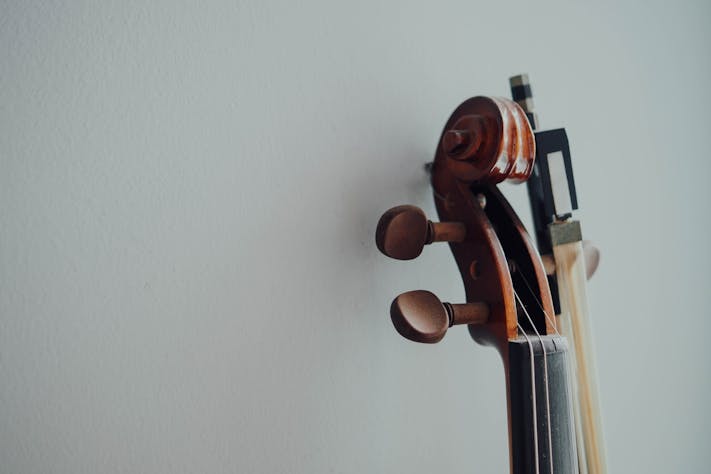Coffee Concert supremo, Chris Windass, is putting on a series of virtual concerts in the time-hallowed Holywell Music Room on Holywell St. The latest went live on Sunday and featured cellist Alice Neary from the Gould Trio and violinist David Adams from the London Bridge Trio. Bach's Cello Suite no 3 in C major from c. 1720 is one of a series of six, all oft-played staples of the solo cello repertoire. Their score is interesting, being in the hand of Bach's second wife and written in a bold, sloping, Germanic copperplate. Strictly-speaking it's a secondary source, but you'd think near enough to just about qualify as a primary source. Neary was straight into the simple descending scale in the opening Prelude, a strong statement of positive energy and anticipation. Hence Bach takes us on an, at times, breathless journey passing through multiple key areas. Neary produced a moto perpetuo feel, a constant sense of bold directional flow in the Courante ("running") section.
Bach was fond of a Sarabande, a slow dance of Central American/Spanish origins, much disapproved of by puritanical church authorities of the 16th Century ("a dance and song so loose in its words and so ugly in its motions that it is enough to excite bad emotions in even very decent people"), and in this one Neary produced rich, inviting chords showcasing the warmth and resonance of her 1720-made Nicolo Gagliano cello. Coincidence, of course, that instrument and music date from around the same year, but a happy one. Gagliano fiddles and cellos had inserted in them on leaving the workshop a maker's label bearing a Catholic motto. I wonder whether the interior of Neary's cello still conceals her label?
For Ravel's Sonata for Violin and Cello, Alice Neary was now joined by David Adams, she seated and he standing and an interesting contrast in style in that she, unusually, was more animated from her seated position than was he. Though the Music Room, Europe's oldest dedicated music venue, looked slightly eerie deprived of its audience rattle and hum, the camera work here, now medium shots and now close-ups, was instructive, in that the latter allowed us to view at close quarters the fine-grained wood of the players' instruments and the intricate fingering. The physical and emotional effort from the musicians also appears impressively in these close-quarter shots.
In accordance with the cyclical structure of the work the opening violin figuration returns later in other movements, as does the leaping second cello theme, and in the Scherzo our players achieved a nice duality in the contrast between bowed and plucked sonority. The chorale is austere but from our duo animatedly angry, and they combined some earlier themes into a zesty, contrapuntal climax, having offered early echoes (was that a hint of L'Après-midi d'un Faune?) of Debussy, the dedicatee, and what sounded to me like East European folk music references later.
The ubiqutous Handel/Halvorsen Passacaglia in G Minor for Violin And Viola (here, as usually these days, for violin and cello, the latter acting as anchoring instrument) has its opening statement followed by a series of little variations featuring melodies in both violin and cello – notably pizzicato and and legato bow strokes, here performed with some panache. Each variation elaborated extensively on the main theme, showing off every angle of the two instruments. The penultimate variation is virtuosic for both musicians, featuring dramatic scales spanning the extreme low and high registers of each instrument, and we came to the conclusion in a hectic but controlled rush.




